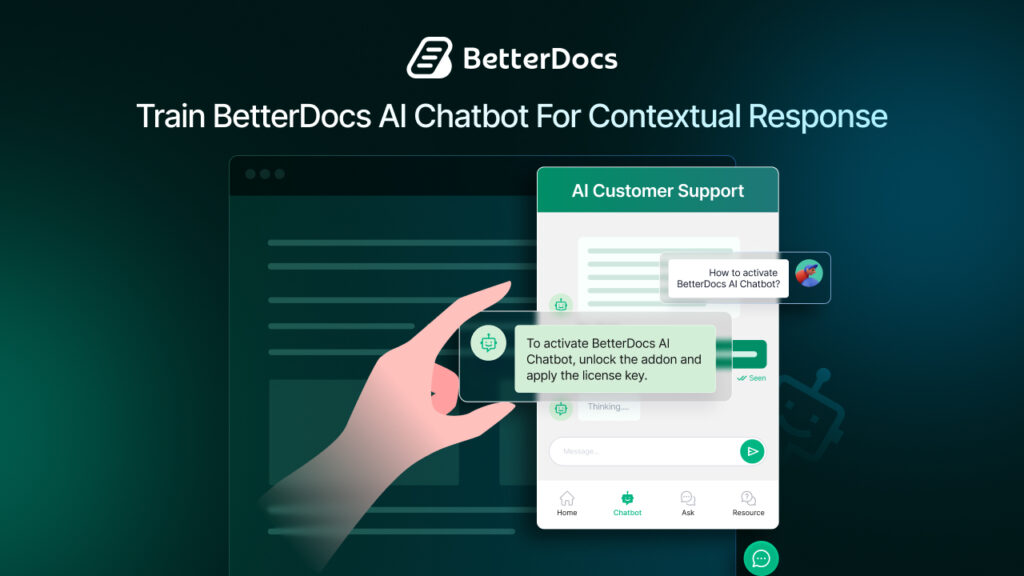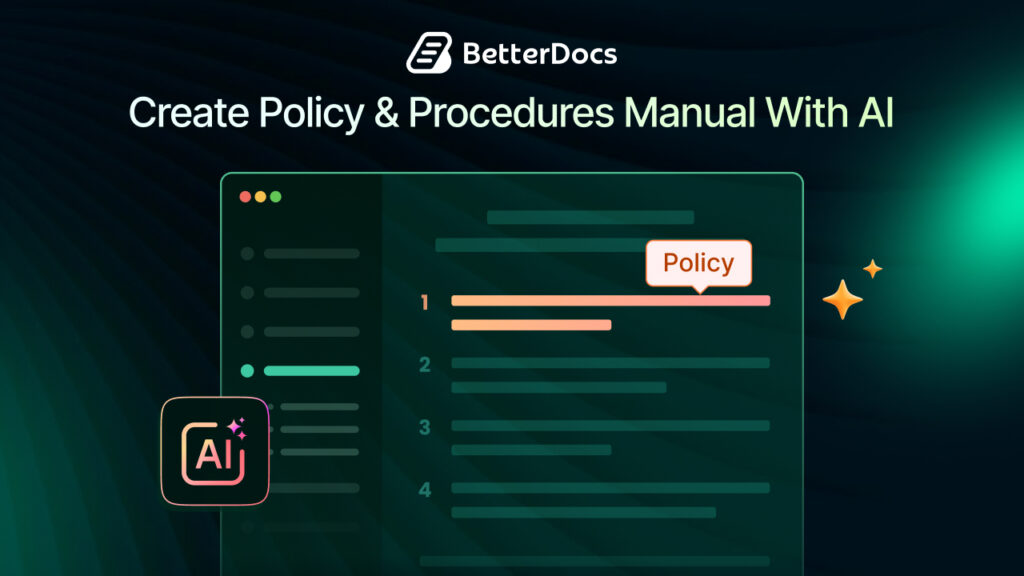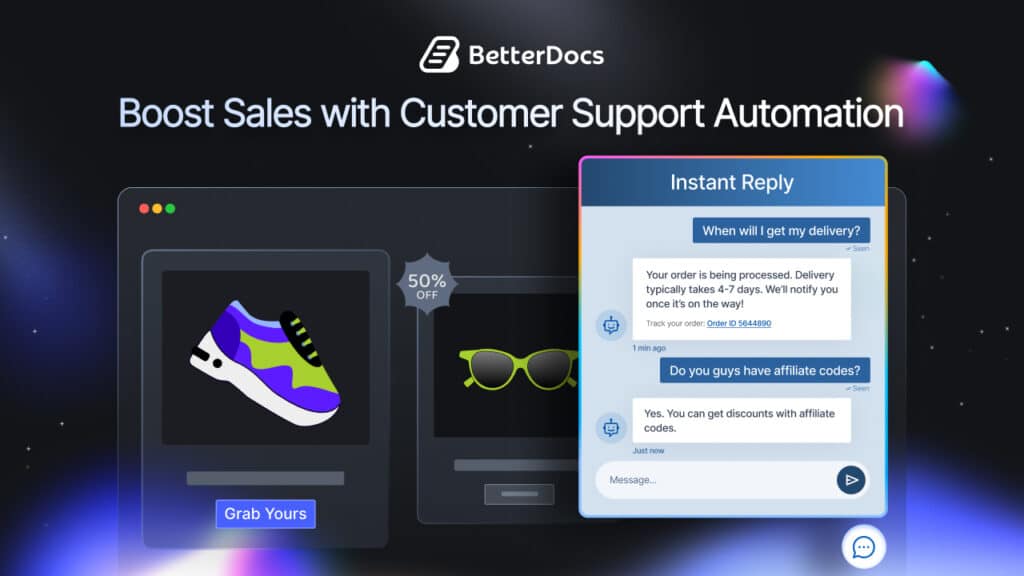In order to handle client inquiries efficiently, you need to have a good and thorough documentation site for your product or service. And it is possible to provide world-class technical support to your clients by establishing a thorough documentation review process that ensures all technical aspects are well-covered and easily accessible.
But what are the basic steps of a documentation review process? What is the most practiced way? To get answers to these questions, dive into the blog.
![Documentation Review Process: Guide, Tips & Tricks for Success [2025] 1 Documentation Review Process: Guide, Tips & Tricks for Success](https://betterdocs.co/wp-content/uploads/2024/07/image-6.jpeg)
Document Review Definition According to Customer Experience Experts
Document review is the process of meticulously examining and analyzing customer-facing documents, such as marketing materials, user manuals, service policies and communication scripts, to ensure they effectively convey the intended message, comply with branding guidelines and meet customer expectations. The aim is to identify and rectify any inconsistencies, ambiguities, or errors that could negatively impact the customer’s experience.
Key Aspects of Document Review
A document review is a thorough and systematic examination of customer-related documents. It ensures that the documentation is consistent with the organization’s goals of improving customer satisfaction and loyalty. Here are the key aspects of document review:
- Clarity and Readability
- Consistency
- Accuracy
- Customer-Centric Focus
- Compliance and Standards
- Feedback Integration
- Usability
Step-by-Step Guide: How to Establish a Successful Documentation Process
A thorough and effective documentation review process is essential for ensuring technical documents are accurate, clear and usable. This guide provides a detailed overview of the documentation review process, as well as success tips and tricks.
Step 1: Prepare phases, Define Goals & Set Criteria
The first and most important step in your documentation review process should be to define its purpose. Determine what aspects need to be checked, such as accuracy, clarity, consistency, etc. You should assemble a review team with relevant expertise. This can include technical writers, subject matter experts (SMEs) and end-users. Also, establish the standards and criteria against which the documentation will be reviewed to maintain quality for all the blogs. This can include grammar, technical accuracy, format and usability.
Step 2: Do an Initial Review by the Author
The author should conduct a self-review to catch any obvious errors and ensure that the document meets the initial requirements. It is a required step in the documentation review process. To detect basic errors, the author can use automated grammar and spell-checking tools. Tools like Grammarly or Hemingway can be helpful.

Step 3: Conduct a Peer Review
Apart from having proofreaders review the documents, you should also involve developers or tech experts who understand how the function works. You can also divide the document into sections and assign each to a different reviewer based on their expertise. Give reviewers clear guidelines on what to look for, including specific questions or checklists. Reviewers should provide detailed feedback on each section, noting any issues or suggestions for improvement.
Step 4: Gather Feedback, Prioritize Changes
The next step is to collect all feedback from the reviewers and organize it for easy reference. Determine which changes are critical and must be addressed immediately and which ones can be deferred or discussed further. The author or a designated team member should address each comment and make the necessary revisions.
Step 4: Prepare a Secondary Review
Re-review changes should be part of your documentation review process. Ensure that the reviewers re-check the document to ensure their feedback was properly implemented. Perform a final check for any remaining issues, focusing on the overall flow, consistency and user-friendliness.
Step 5: Time for Approval and Document Publication
Obtain approval from all key stakeholders and ensure that they are pleased with the final document. Once approved, the document should be published in the appropriate format and distributed to the intended audience. Archive previous versions of the document for reference and record-keeping.
💡 Documentation Review Tips & Tricks: Build a Thorough Review Process
Apart from following the above must-follow guidelines, you can implement tested and proven tips and tricks. It will help you build an extensive documentation review process. Here are the most popular tips and tricks for the documentation review process.
Clear Communication: Ensure open and clear communication among all team members. Regular meetings can help keep everyone on the same page.
Use Checklists: Develop and use checklists to ensure that all aspects of the document are reviewed thoroughly.
Standardize Formatting: Use consistent formatting and style guides to maintain uniformity across the document.
Encourage Constructive Feedback: Create an environment where reviewers feel comfortable providing honest and constructive feedback.
Document Version Control: Use version control software to keep track of changes and ensure that everyone is working on the latest version of the document.
Feedback Management: Use collaborative tools like Google Docs or Microsoft SharePoint to collect and manage feedback efficiently.
Allow Adequate Time: Allocate sufficient time for each stage of the review process to avoid rushed or superficial reviews.
Training and Resources: Provide reviewers with training and resources to help them understand the review process and the document’s subject matter.
Create Review Templates: Use templates for feedback forms to streamline the process and ensure comprehensive reviews.
Ensure Continuous Improvement: Regularly review and refine your documentation review process based on feedback and lessons learned.
Enhance Customer Service by Providing the Best Resources 🚀
A well-structured documentation review process enhances the quality and reliability of technical documents. By following this guide and implementing the tips and tricks provided, teams can ensure that their documentation is accurate, clear and valuable to their intended audience.
Have you found this in-depth blog helpful? Then don’t forget to share it with others. Also, subscribe to our blog and keep getting all the tips and tricks for managing documentation.
![5+ Knowledge Base Challenges You Should Look Out for in 2026 [With Solutions]](https://betterdocs.co/wp-content/uploads/2025/12/1280x720-_-Blog-Banner-_-Knowledge-Base-Challenges-1-1024x576.jpg)





